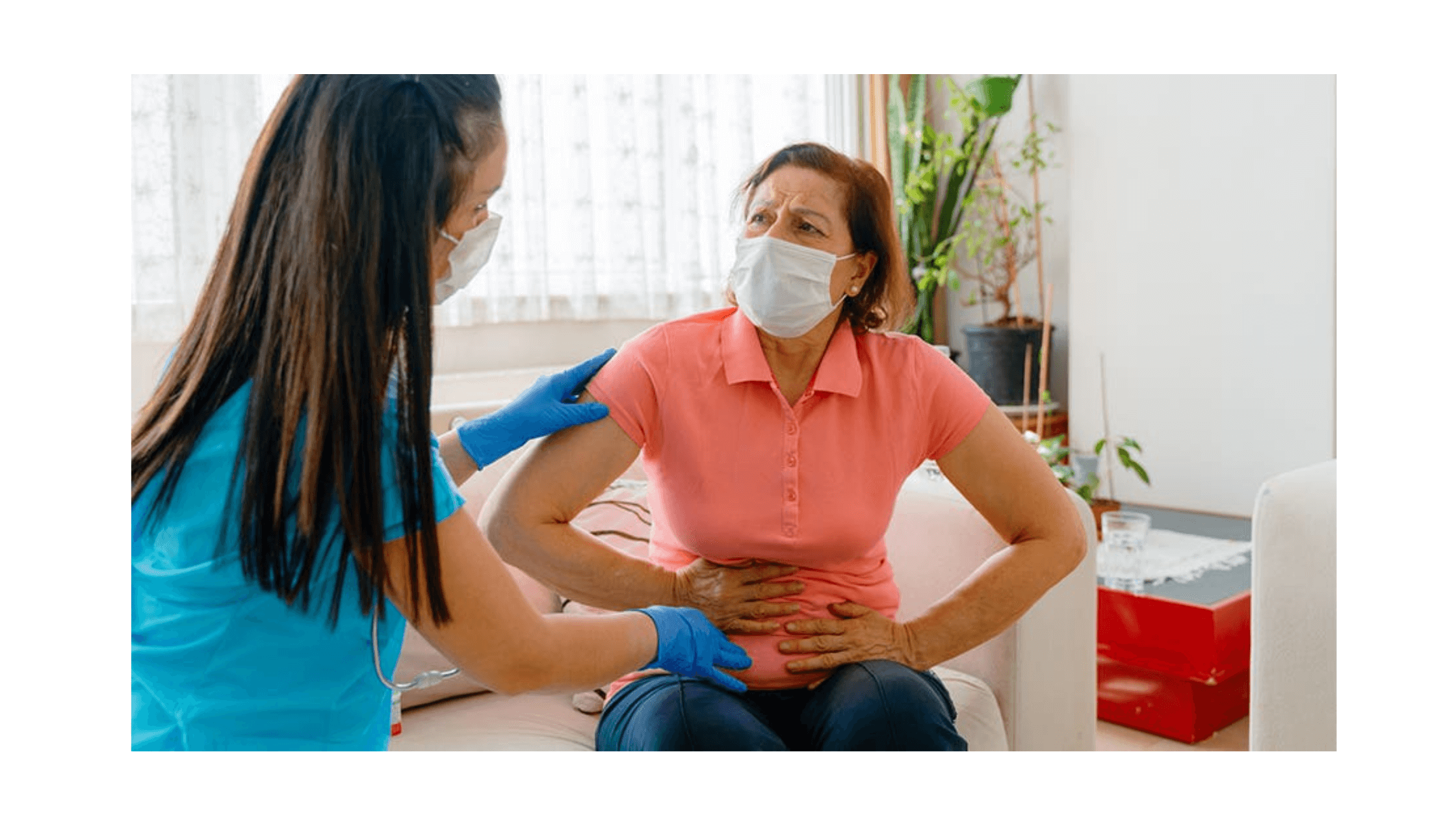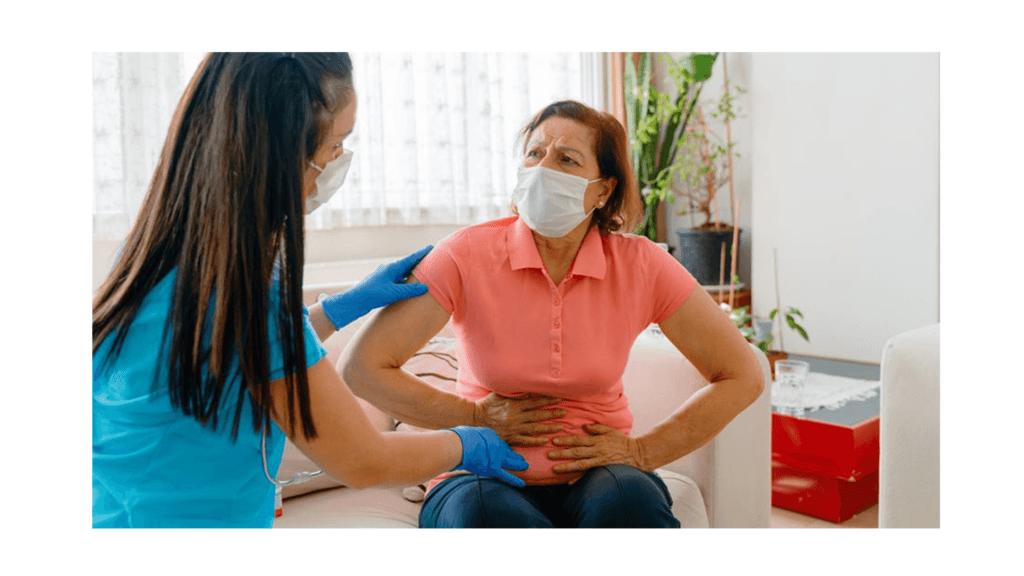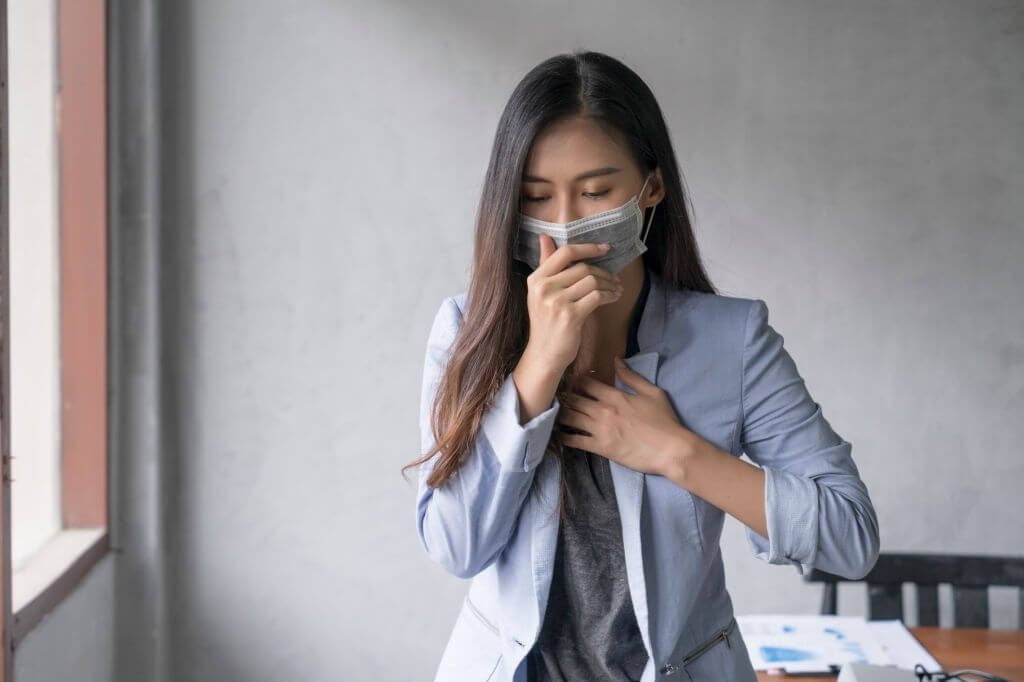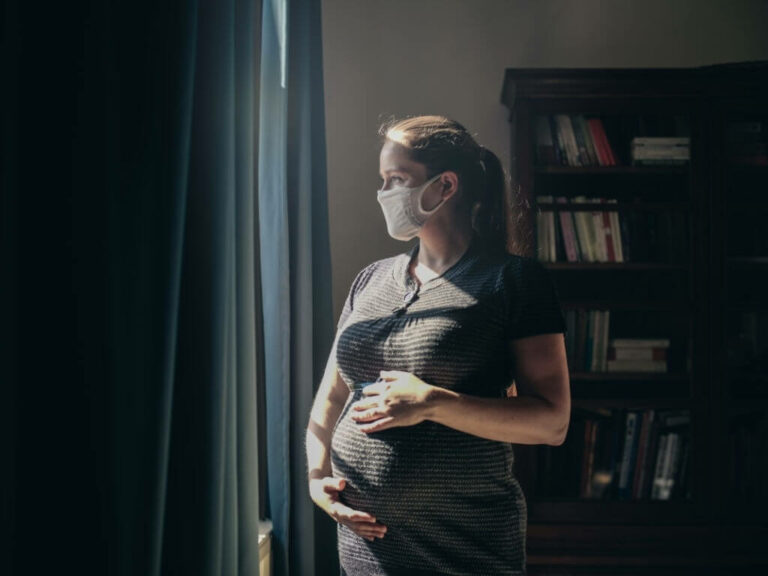Does COVID Cause GI Symptoms? Malnutrition, Weight Loss!

COVID -19 GI symptoms are those symptoms that are related to the gastrointestinal tracts shown when a person contacts the virus. The usual symptoms seen in a COVID-19 patient are fever, dry cough, and shortness of breath. Some other indications of the virus are loss of taste or loss of smell. Most cases are accompanied by diarrhea, stomach pain, and vomiting with nausea. However, in many cases, experts have noted that these symptoms change on cases to case basis and as per the variant of the virus that has caused the infection. Hence there is slight variation among different people with GI symptoms also.
What GI Symptoms Have Been Seen In COVID Patients?
Recently a study was published which showed that every one in five people who have come in contact with the virus and tested positive shown signs of at least one gastrointestinal-related symptom such as acute diarrhea or belly pain. Around 53% of the hospitalized COVID patients were said to have gastro problems. It was also observed that those with digestive or gastro problems were most likely to have stool tests which came out positive.

This means that they had SARS-CoV RNA in their stool. Hence, it took longer for their bodies to clear the virus in comparison to those without the gastric symptoms of COVID. These symptoms eventually cause malnutrition or weight loss and have a long-term effect on the patient.
Malnutrition
Usually, the patients who suffered from COVID-19 have been reassured that their symptoms after recovering completely lasted only for 3-6 months. The patients who were diagnosed show the inability to gain weight which is a long-term symptom even after the recovery of the patient. This problem deserves the utmost attention and necessary treatment must be provided. People suffering from this must consult and regularly follow up with a certified nutritionist. The exact cause of this inability to gain weight after recovery is exactly unknown and only future research can help to identify the real issue.
When a patient is on the path of recovery after COVID-19 intake of all important nutrients through a balanced diet is extremely important. It helps in the progression and strengthening of the body and all its organs and systems. But if the body is malnourished or is not able to absorb the nourishment required it may have disastrous effects on the patient and may require care and assistance from a professional.
The first and foremost nutritional drawback or risk that the Novel Covid-19 virus has created in this pandemic is due to the economic impact of the 6ft distancing, partial, and complete lockdowns ad quarantines. Many families have suffered a loss of jobs thus losing the source of their income. The loss of income has deprived them of nutritional sources of food and supplements. Schools have also stopped providing meals for most kids. Though factories and food industries are allowed to function, the government-imposed quarantines and lockdowns have created disturbances in food production.
Another effect of Covid-19 on malnutrition was evident in patients. There has been a rise in the incidents of malnutrition in adults with severe Covid-19 compared to children. This acts as proof that Covid-19 causes complications in an adult body triggering malnutrition or any related physiological issues in the adult body. Malnutrition causes the immune system to weaken which increases mortality and also increases the risk of unadministered hospital readmissions.

How to overcome this?
Functioning food cycle: Letting farmers and farms produce and trade food even if they are informal will improve the food input. But these should be done with good measures taken.
Easy access to nutrient-rich food: Due to the social distancing and other restrictions, there is a lot of disturbance in accessing nutrient-rich fruits and vegetables which improve diet quality. Ways to stimulate this must be found.
Increasing demand: Politicians and famous television celebrities and influencers must use their fame and must urge the population to keep the intake of healthy and nutritional diets up. Media can also be used for this purpose. Mobile messaging can be used to increase the demand for nutrient-rich food which protects and build the body. They must also find ways to approach children and encourage them to have good diet practices.
You Might Know More: Essential Exercises for COVID-19 Recovery | 7 Best Exercises To Do





